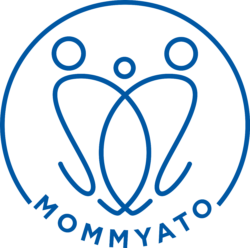Author: JessicaB
01 Nov Kangaroo Care for the Premature Infant
Skin-to-skin Kangaroo Care helps regulate your baby’s body temperature, breathing, heart rate, and blood sugar.²What is Kangaroo Care and How Will It Benefit My Baby?
November 17 is World Prematurity Day with the March of Dimes, an organization that educates families about premature infants and how to care for them. For more information on preterm labor, check out Mommyato. Kangaroo Care, also known as skin-to-skin, has been encouraged in mother/baby centers for decades and has the research to support its amazing benefits, especially for the little ones that are born too early.01 Nov Caring for a Premature Baby
What is a Premature Baby?
The normal length of a pregnancy is between 37- 42 weeks. Some pregnancies take longer to develop and others are shorter. When a baby is born before 37 weeks, however, she is considered "preterm", "preemie" or "premature". A baby born before 28 weeks is considered extremely premature.01 Nov Effects of Gestational Diabetes on a Developing Baby
Posted at 11:04h
in Baby, Birth Defects, Delivery, Gestational Diabetes, Health, Medical Concerns, Medical Concerns, Medical Concerns, Pregnancy
High blood sugar around the time of conception and throughout pregnancy increases risks of: birth defects, still birth, preterm birth, c-sections, and the baby developing obesity and diabetes later in life.¹
What is Gestational Diabetes?
November is American Diabetes Month and a great time to put a spotlight on diabetes during pregnancy, which is a rising trend in the United States. In the United States, gestational diabetes (diabetes developed during pregnancy) has increased by 56% from 2000-2010.¹04 Oct Postpartum Depression: What you Need to Know
Depression during pregnancy and postpartum is the most common mental health condition Being pregnant and becoming a parent is often a time of joy and excitement. It can also be a time of worry and doubt, especially if this is your first time becoming a parent.5....
04 Oct Intimate Partner Violence
1 in 4 women have experienced intimate partner physical violence in their lifetime.1Intimate Partner Violence (IPV) is the willful use of abuse or aggression that occurs in a current or past romantic relationship. IPV can range from one episode of violence that could have lasting impact to chronic and severe episodes over multiple years. Many women first experience a form of IPV before the age of 18.
28 Jul Are COVID-19 Vaccines Safe During Pregnancy?
COVID-19 vaccination during pregnancy reduces the risk of pregnancy complications if infected with the COVID virus.² The last two years have been a scary time for women who are pregnant, trying to become pregnant, or newly postpartum. The novel Coronavirus is new to the medical landscape. Society, including medical providers, have been navigating month by month what it means to live, prevent and be sick with COVID-19. For many women, the stakes are high as they consider the risks of contracting COVID-19 during pregnancy.28 Jul Preventing Mastitis When Breastfeeding
Effective, frequent nursing speeds the recovery of clogged milk ducts and mastitis. The antibacterial qualities of breastmilk prevent the baby from getting an infection related to an inflamed or infected breast. The first week of August is World Alliance for Breastfeeding Action (WABA) week, which brings awareness to the protection, support and benefits of breastfeeding. In honor of this agenda, it’s important to dig into the challenges of breastfeeding, specifically mastitis. Mastitis is one of the most common problems related to breastfeeding. It usually begins with a clogged milk duct that leads to inflammation of the breast tissue and sometimes an infection of the breast.



